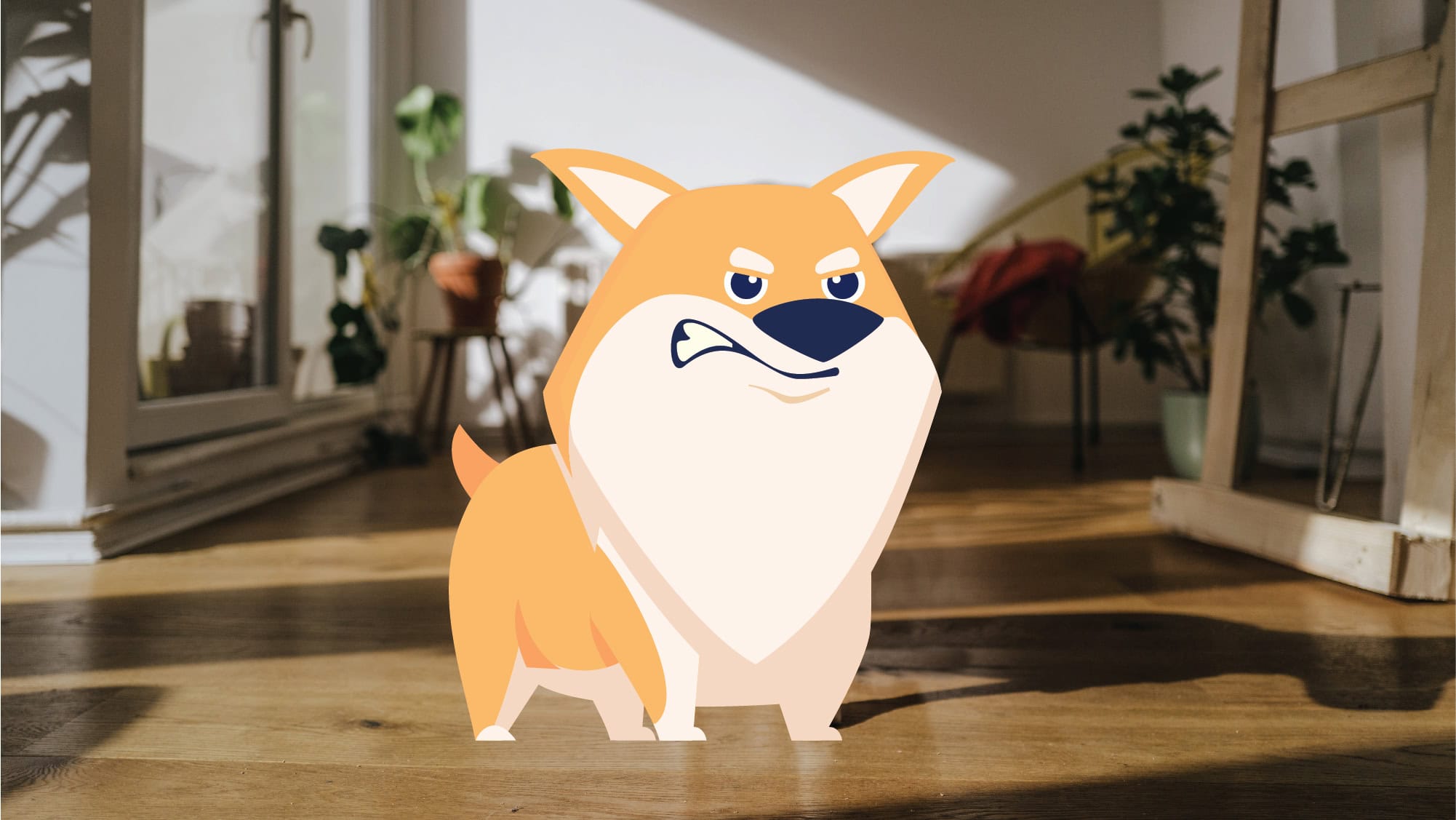Have you ever struggled with a wiggly pet during nail trims? You’re not alone!
BetterVet’s Dr. Kingsley and Veterinary Tech Rachel are here to share their expert tips on trimming your dog’s nails, to make the processa little easier for you and your furry friend.
Key Takeaways:
-
Overgrown nails can cause pain, difficulty walking, and joint problems.
-
Start early and use positive reinforcement to create a positive association with nail trims.
-
If you’re unsure about trimming your pet’s nails, consult with a veterinarian or professional groomer.
Importance of Pet Nail Trimming
Overgrown nails are uncomfortable for your pet and can even lead to added health risks. Regular nail trims are especially important for older pets, as they may not be as active, and their nails can grow more quickly.
Unattended, overgrown nails can lead to foot deformities, damage to the tendons and soft tissues, and even leg complications due to the pressure they exert on the foot and leg.
Benefits of Trimming Your Pet’s Nails
Regular nail trimming has numerous benefits for your pet, such as:
-
Prevents Discomfort: Overgrown nails can cause pain, difficulty walking, and even joint problems.
-
Reduces the Risk of Injury: Long nails can snag on carpets or furniture, leading to painful splits.
-
Improves Hygiene: well-trimmed nails prevent dirt and debris from accumulating under the nails.
How To Trim Your Pet’s Nails Safely at Home
Making nail trimming a positive experience for your pet can be challenging, but it’s worth the effort.
Let’s explore some strategies to help make this process less stressful for both of you.
1. Start Early
Gradually introduce your puppy or kitten to the clippers or grinder to help them become comfortable with the sound and sensation.
2. Safe Handling
Gently handle your pet’s paws to make them comfortable with being touched.
3. Use Positive Reinforcement
Use treats, praise, and gentle handling to create a positive association.
4. Choose the Right Tools
Opt for high-quality nail clippers or a quiet grinder specifically designed for pets.
5. Be Patient
It may take time for your pet to become comfortable with nail trims. Start slowly and gradually increase the length of each session.
6. Ask for Help
Don’t be afraid to ask for help. If you’re struggling, consult with your veterinarian or a professional groomer.
Remember: Consistent nail trims are essential for your pet’s overall health and comfort. By following these tips and creating a positive experience, you can make nail trims a stress-free part of your pet’s grooming routine.
What To Do If You Accidentally Cut the Quick
-
Apply Pressure: Apply pressure to the nail to stop the bleeding.
-
Use a Styptic Powder: A styptic powder can help stop bleeding and soothe the area.
-
Consult Your Veterinarian: If the bleeding is excessive or your pet is in pain, seek veterinary advice.
Tips for Trimming Dark Nails
Dark nails can make it difficult to see the quick, increasing the risk of accidental clipping. The quick is the sensitive area inside the nail that contains blood vessels.
Follow the tips below for stress-free trimming:
-
Take it Slow: Trim your pet’s nails slowly and check for signs of discomfort. If your pet seems distressed, stop and try again later.
-
Use the Correct Technique: Trim the nail from top to bottom (not side to side).
-
Trim in Small Amounts: Clip your pet’s nails a little at a time, and stop as soon as you see a black center.
-
Consider a Professional: If you’re unsure about trimming dark nails, a groomer can safely handle the task.
Dr. Kingsley’s Last Words on Pet Nail Trimming
If your pet is aggressive during nail trims, consider using a basket muzzle to ensure safety while providing treats. Sedation may be an option for pets that cannot tolerate nail trimming or have excessively long nails. Consult with your veterinarian to discuss the risks and benefits.
Conclusion
Regular nail trims are essential for your pet’s health and comfort. By following the tips and techniques discussed in this guide, you can make nail trims a less stressful experience for both you and your furry friend.
Remember, patience, positive reinforcement, and the right tools are essential to successful nail trims. If you continue having difficulty or concerns, don’t hesitate to consult your veterinarian or professional groomer for personalized advice.
Frequently Asked Questions
How often should you trim your pets’ nails?
Most dogs and cats need nail trimming every three to four weeks. If your dog’s or cat’s nails touch the ground when they walk, they are too long and should be trimmed.
Do I really need to trim my dog’s nails?
Yes. Trimming your dog’s nails is an important part of grooming them at home. It keeps them comfortable and prevents nail, toe, and foot issues.
How do I trim my dog’s nails at home?
Patience, using the right clippers, and positive reinforcement are techniques to clip your dog’s nails at home successfully.
Do pets feel better after nail trimming?
Absolutely! Your pet’s toes and paws will feel more comfortable after nail trims, and they may even have better mobility!





